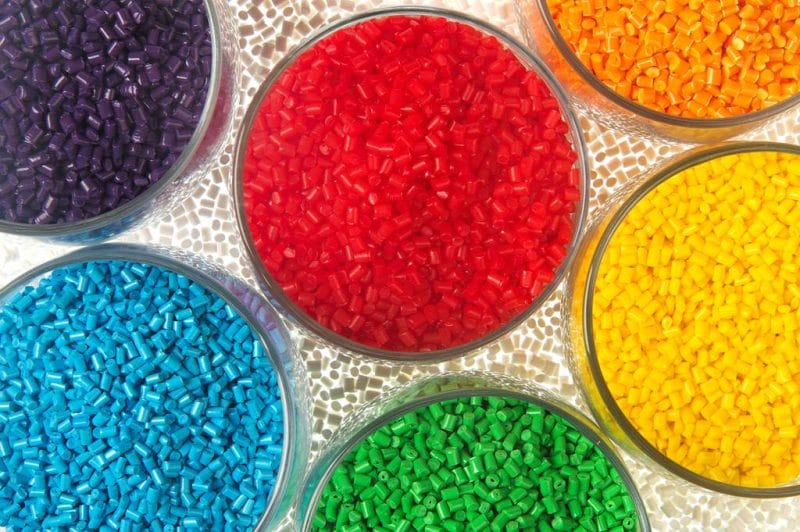Foster, LLC has a proven track record for providing consistent pre-colored polymers for a wide range of medical applications.
The process for developing custom pre-colored polymers begins with a color match worksheet whereby the customer defines all critical parameters for the application. This worksheet, along with color match sources (i.e. Pantone color number, or part), allows Foster color specialists to produce exact color matches in a timely fashion. Using a computerized color matching system, our engineers are able to develop precise color formulations using either food contact grade or medical device grade pigments. Prototype color matched samples are sent to the customer for final approval.

Custom Color Capability
Foster’s capabilities include custom-colored polymers for medical device applications including:
o Pre-colored compounds
o Masterbatch or color concentrates
- Foster uses two categories of pigments
- FDA 21 CFR medical device pigments
- FDA food contact pigments
- Advantages/Disadvantages:
- Determine what color you want to get matched and:
- Base polymer
- Color concentrate or a pre-colored compound
- Critical or non-critical match
- Injection molded, extruded, etc.
- Contact your Territory Sales Manager or Inside Sales-Person and request a color match
- You will be sent a “Medical Device Design & Color Checklist” (MDDC) form to fill out for the color match
- Fill out the document and send it in to your sales contact
- In addition to the MDDC form being filled out, a color target for the match will be needed:
- Pantone color (fine for less critical matches)
- An actual part or pellets (better for critical matches)
- Foster has color match professionals who will work on your color match
- They use their own trained eye as well as instrumental measurement(spectrophotometer) to make sure your color match is as close as possible to your target
- Olefins
- Styrenics
- Polycarbonate
- Polyamide
- Polyester
- Elastomers (PEBA, SBS, TPU, etc.
- Fluoropolymers
- High temperature (PEEK, sulfones, LCP, PIE, etc.)
- Acetal
- Bioabsorbables
